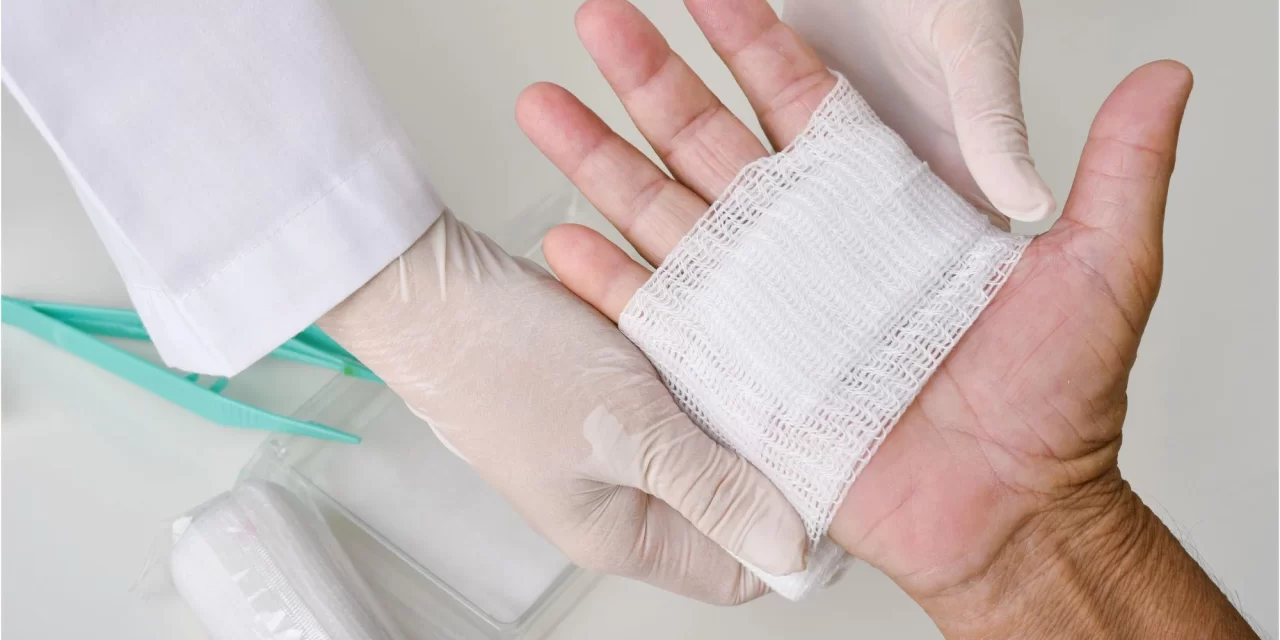An innovative breakthrough in wound management has emerged from the collaborative efforts of an international team of scientists. The groundbreaking treatment, developed jointly by researchers from the University of Sheffield and the University of South Australia, utilizes ionized gas to activate wound dressings, offering a promising alternative to antibiotic-based therapies for chronic wounds.
The procedure involves the plasma activation of hydrogel dressings, commonly employed in wound care, with a unique blend of chemical oxidants. These oxidants demonstrate remarkable efficacy in decontaminating wounds and fostering healing, particularly in cases of chronic wounds resistant to conventional treatments.
Addressing a Global Health Crisis
Professor Rob Short, co-author of the study and Professor of Chemistry at the University of Sheffield, underscored the urgency of addressing the global challenge posed by chronic wounds, particularly in the context of conditions such as diabetic foot ulcers. With an estimated 540 million individuals worldwide living with diabetes, and a substantial proportion facing the risk of developing foot ulcers, the significance of innovative wound management solutions cannot be overstated.
Economic and Clinical Implications
The economic burden of managing chronic wounds, such as diabetic foot ulcers, surpasses $17 billion annually. This new treatment not only promises clinical benefits but also offers potential economic relief by reducing the reliance on costly antibiotic therapies.
Clinical trials have already demonstrated the efficacy of cold plasma ionized gas in controlling infections and stimulating wound healing. The unique combination of reactive oxygen and nitrogen species generated by plasma activation exhibits potent antimicrobial properties while also promoting tissue regeneration.
Overcoming Existing Limitations
Dr. Endre Szili, lead researcher from the University of South Australia, highlighted the limitations of current wound care modalities, including antibiotic resistance and concerns regarding silver-induced toxicity. By leveraging plasma-activated hydrogel dressings enriched with reactive oxygen and nitrogen species, the research team has demonstrated a significant enhancement in antimicrobial efficacy, paving the way for a safer and more effective approach to wound management.
A Promising Future
The potential applications of this groundbreaking technology extend beyond diabetic foot ulcers to encompass a wide range of chronic wounds and internal infections. Moreover, the environmentally sustainable nature of the treatment, which harnesses natural components in air and water, underscores its appeal as a viable alternative to traditional therapies.
Dr. Szili emphasized the vast potential of plasma technology in the medical field, hinting at future innovations and advancements. The next phase of research will involve clinical trials to optimize the electrochemical technology for widespread implementation in human patients, marking a significant step forward in the quest for innovative wound management solutions.
This pioneering research, published in the journal Advanced Functional Materials, represents a pivotal moment in the field of wound care, offering hope to millions worldwide grappling with the debilitating effects of chronic wounds.












